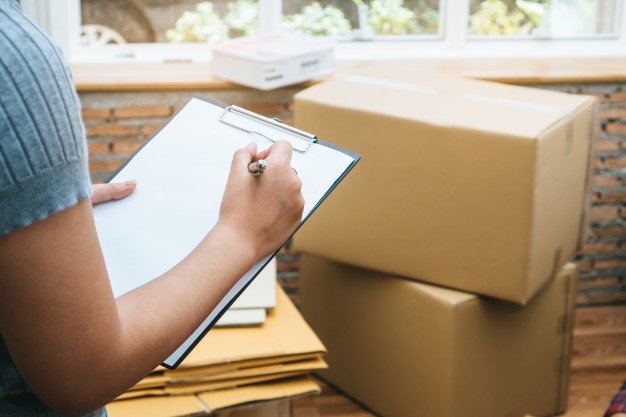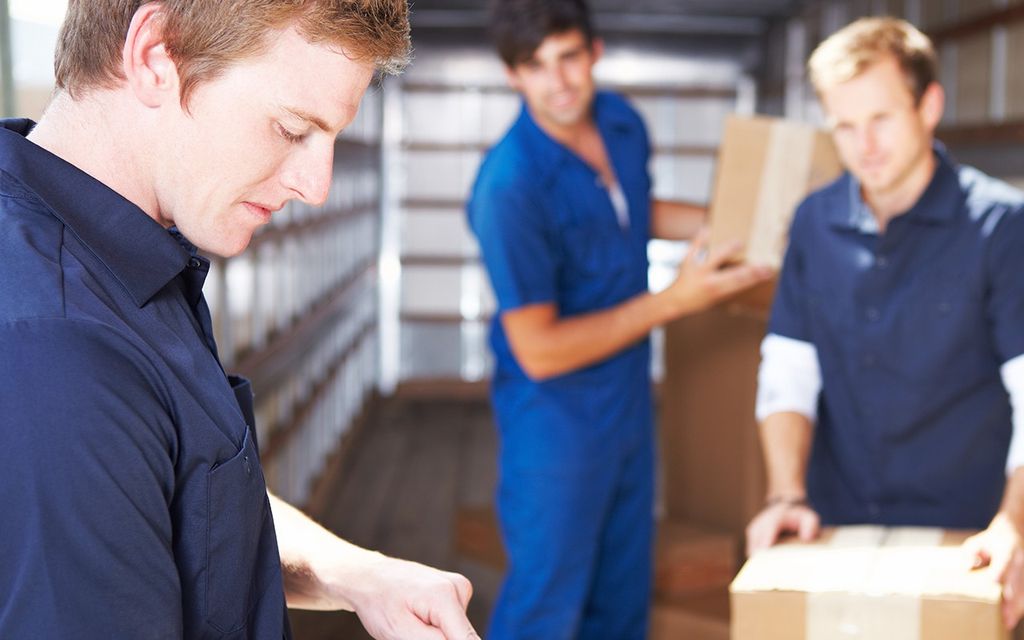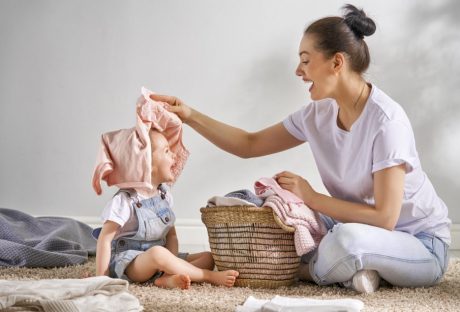Relocating to a new state can be a lot of things—crazy, exciting, and stressful, to name a few. The good news is that with a little intentionality, you can mold your move into a positive, enjoyable life transition. Here are ten tips to consider before you pack your bags.
1. Make a bucket list:
Life is busy. Chances are, there are places to see, food to eat, and things to do in your current state that you never got around to seeing, eating, or doing. Make a bucket list of a few of the things you think you’d regret if you moved away without experiencing. And then, make plans to make it happen.
2. Plan to say goodbye:
Moving is stressful, and it can be easy to get up in the frenzy of your to-do list. But, to have a healthy sense of closure and positive feelings when you look back on a period in your life, it’s essential to make an effort to wrap things up well. And, relationships are the most crucial piece of the wrap-up puzzle. In addition to great friends, you’ve developed relationships with all kinds of others—e.g., your neighbors, your children’s teachers, and your yoga instructor. Make a list of these folks, and plan to say goodbye. A handwritten note might suit your style, or perhaps you’d prefer to throw a colossal bbq and invite everyone. Whatever feels right to you is the best way to say goodbye and honor the people who have played a part in your experience.
3. Make a list of wrap-up logistics:
The best way to get your head around a million moving logistics is to make a good old-fashioned list. There are a million moving checklists online to get you started. Then, you can open a notebook or your laptop and make your custom list. We recommend a master task list with deadlines to keep you on track toward your big move.
4. Make moving arrangements:
When are you leaving? Where are you going? How will you get your stuff there? These seem like obvious questions, but we recommend sitting down and thinking through every detail. Once you have your plan on paper (or screen), the actual moving will feel much less daunting.
5. Clutter clear:
Moving states is not just a geographical location change; it’s a significant life transition. And, an excellent opportunity to assess the stuff you have and decide what you want to keep and what to leave behind. A good question to ask yourself when you look at an item in your house is, “Do I want to carry this into the future? Or, do I want to leave it in the past.” If your answer is yes to the former, pack it up. If it’s yes to the latter, donate it before you go.
6. Plan to make some changes:
In addition to this time being an excellent opportunity to clutter clear your physical space, it’s also a time to make any necessary changes to your lifestyle. Think about any bad habits you want to “leave behind” and new ones that you want to have with you when you arrive at your new home. Relocating to a new state is a rare fresh start. It can give you an opportunity to reinvent yourself, and if you want to make the change even more seriously, you could even change your name. If you’re relocating to California, there are services that allow you to legally change your name with no problems. However, you should do research on the laws of your state before undergoing this kind of process.
7. Learn about your soon-to-be new home:
It can be fun to start learning about your new city early, so you can hit the ground running when you arrive. Think about what’s most important to your lifestyle and virtually explore the offerings near your new home. Whether you’re typing the words “Brisbane best butcher” or “hot yoga in Denver” into the search bar, you’ll be on your way to finding cool new spots to frequent in your new digs.
8. Make a new bucket list:
Earlier, we mentioned that many of us get busy and forget to partake in all the unique experiences offered by a particular city or state. Avoid that by starting your bucket list early! Every time you get a restaurant suggestion or learn about a historical landmark that’s a must-visit, write it down! Then, you can refer back and never feel short of cool things to do.
9. Experience the honeymoon:
Much like with new relationships, many of us experience a “honeymoon” period when we move to a new place. The possibilities are endless, and the future is bright. New experiences are making new chemicals flow, and you feel good. Plan to take advantage of this good energy and explore your surroundings. You’ll be setting a beautiful foundation for your time in your new city.
10. Remember to enjoy the ride:
Above all, enjoy! Moving out of state marks an exciting time in your life—take full advantage of it.
Read Also:
























